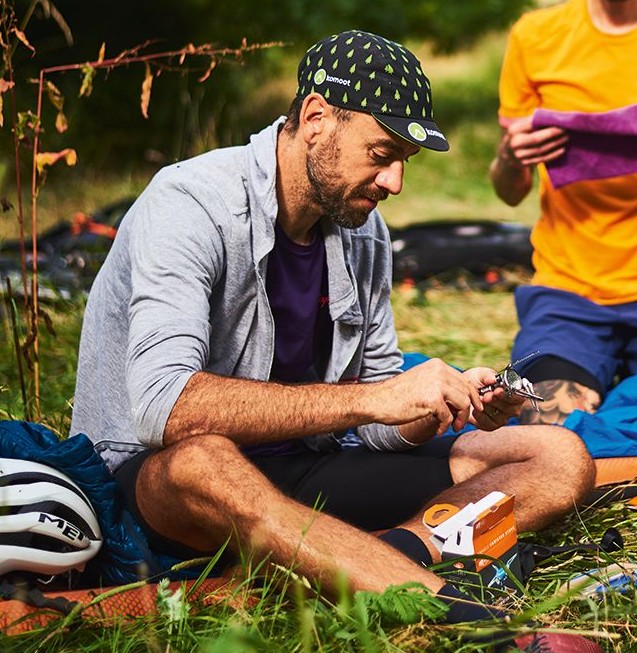There are certain things people really love and there are things people really loathe. Marmite. Coriander. The leader of the government of the day. And we certainly get enough readers writing in for us to believe that gravel riding and off-road bikepacking adventures also fall into this category.
For some, it’s their natural habitat. For others, the prospect of spending a night under the stars, close to nature but stripped of their creature comforts, and slap bang in the middle of at least two tough days on the bike, is the stuff of nightmares.
However, with coronavirus still a real threat – when foreign travel remains unappealing, hotels feel like a biohazard and your local routes have the unerring familiarity of a deleted scene from Groundhog Day – those who still need persuading on the joys of such rides are at their most persuadable.
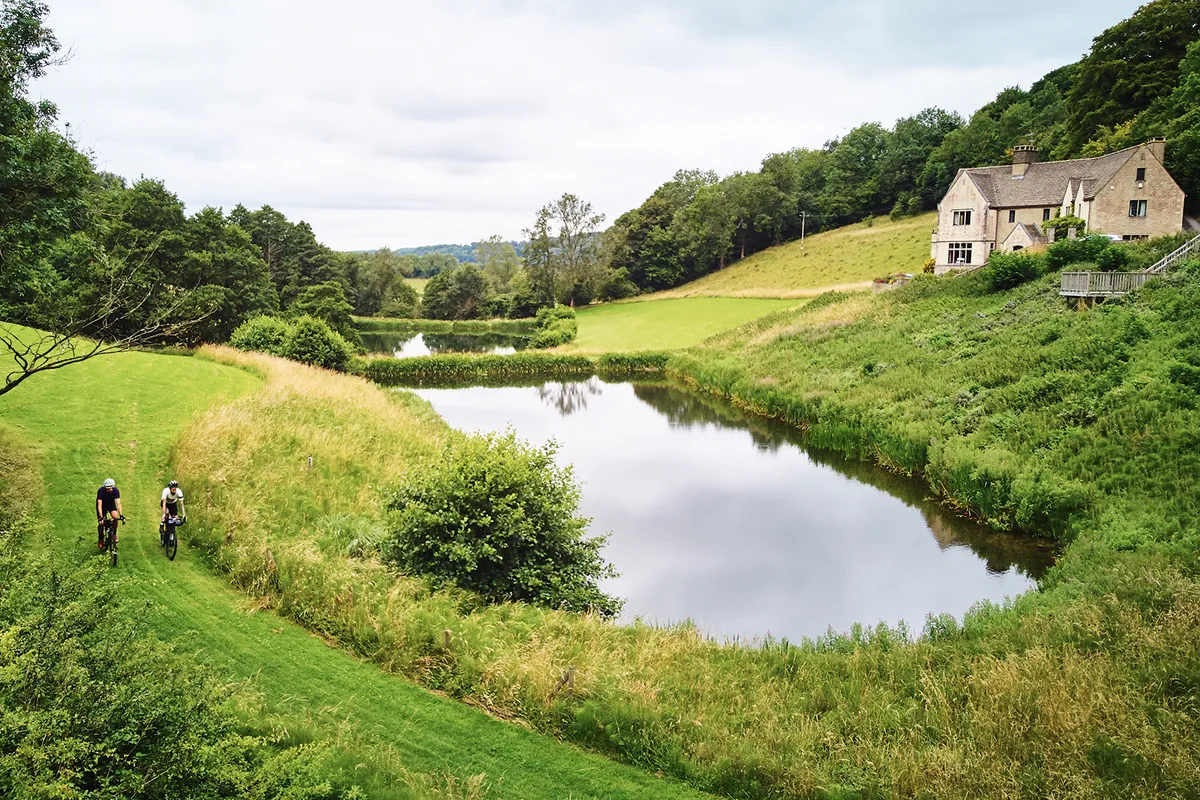
I’ll put my cards on the table now: I’m one such rider. I’m a die-hard roadie. What keeps my fires burning through the dreariness of indoor training and relentless local loops are pristine Alpine cols, but with all my best-laid summer plans abroad up in smoke, it was about time to see if all this off-road gravel riding was what it’s cracked up to be.
I’m not a total stranger to it. It’s just that, on the occasions I have ridden gravel, I always feel as though I’m on the wrong bike. On the smoother sections, I yearn for my skinny-tyred road bike, and when mellow gravel tracks morph into choppy singletrack, my minds turns to thinking how much better equipped I’d be with a hardtail mountain bike.
Of course, the converts would say that’s all part of the fun of gravel bikes. I still needed convincing.
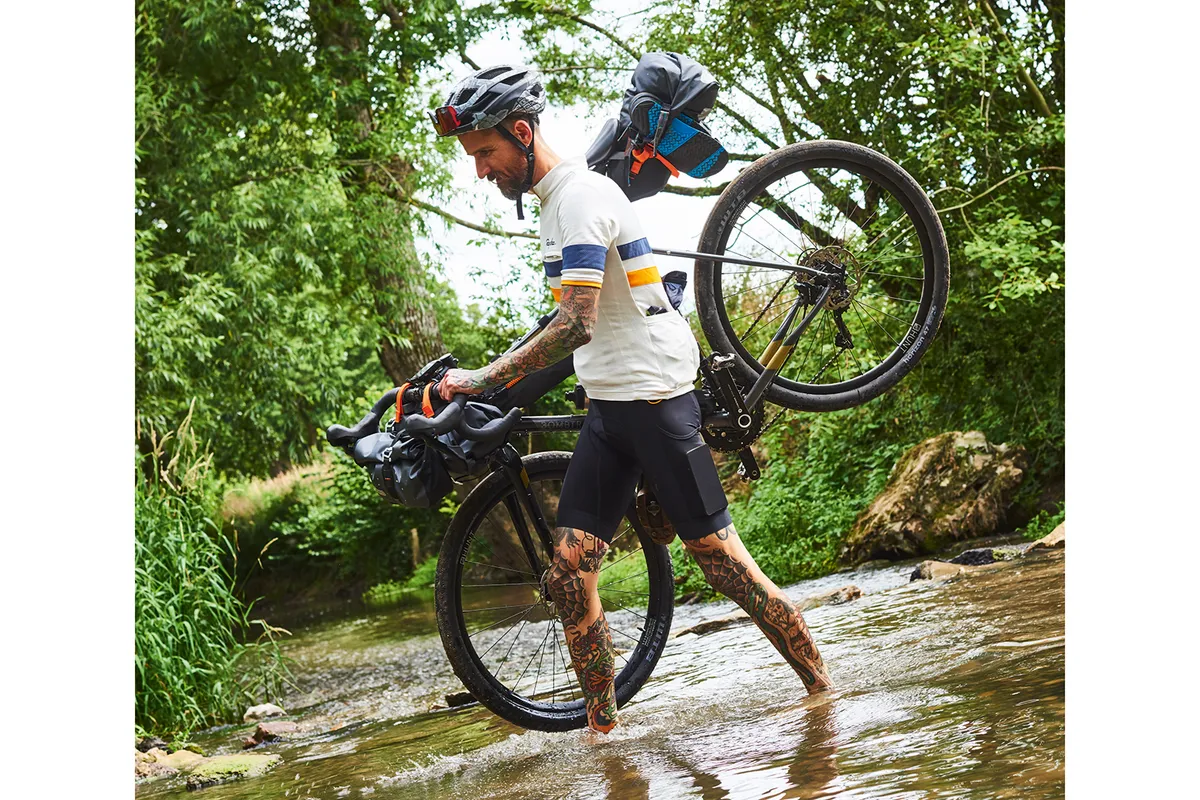
Whichever way you slice it, gravel riding expands your horizons and opens up a huge world of traffic-free cycling.
The sticking point in the UK – as opposed to the USA where gravel riding originated and which is teeming with wonderful gravel roads connecting its highways – is finding the best sections and piecing them all together without it turning into a ride that would be best done on a mountain bike.
The shallow end
Over the course of this three-part series, I’m going to immerse myself in all things gravel, starting off easy with a two-day, predominantly tarmac bikepacking trip, before raising the stakes and going further, longer and tougher.
Unless you live in the wilderness, it’s unlikely that you’ll find good gravel on your doorstep, so you need to be prepared to travel.
For my first trip, I’d be doing just that, but there was no need to head off too far. I wanted to ease myself in and get used to a new bike – a Bombtrack Hook EXT-C, fully laden with bikepacking bags – and work out the new bike-handling technique that it requires. Starting, stopping, turning, standing – it’s all different when your bike is twice as heavy as usual.

Adrian's bike | Bombtrack Hook EXT-C
- Price: £3,050
- Frame: Carbon
- Fork: Carbon, triple cage mounts
- Groupset: SRAM Rival 1x11, 40t chainring, 11-42t cassette, hydraulic disc brakes
- Wheels: Hunt Adventure Sport 27.5in wheels, WTB Venture 2in tyres
- Finishing kit: PRO saddle, CX-10 bar, Roam stem
I wanted plenty of off-road sections mixed in with a big helping of flowing country lanes, just near enough to familiar roads and villages close to my Cheltenham home.
That’s half the truth – really my proximity to home meant that if it all became too much, the comfort of my own bed wasn’t too far away.
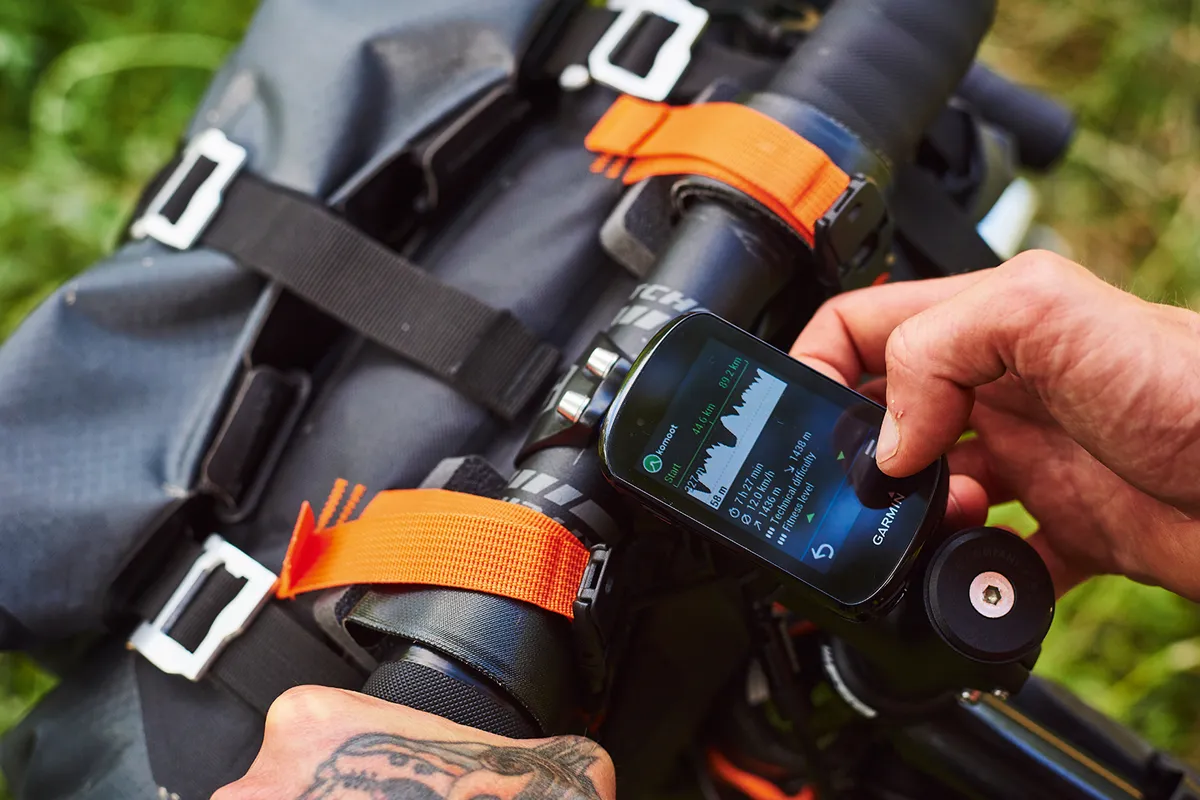
With the help of the Komoot app and Komoot staff (media manager and experienced gravel campaigner Rob Marshall would be my ride buddy for the trip), I set about planning a two-day, 150km ride with 2,000m of elevation.
Of this, 70 per cent would be on the rough stuff – and the rest off-road (that’s an in-joke to anyone familiar with riding on British roads).
We’d begin in Cheltenham, travelling south through the Cotswolds and along the historic Fosse Way on day one, then back up north along the western ridge of the Cotswolds to complete the loop.
The Fosse Way is an ancient Roman road that linked Exeter with Lincoln. Many sections of the route are now modern roads, but the section between Cirencester and Bath includes a traffic-free gravel track – perfect for the modest aims of this tour.
Day one began with a bang, with a climb out of Cheltenham up to the highest point in the Cotswolds, the 330m Cleeve Hill. It can be tackled in several different directions, both on and off-road, but we decided on the most direct path to the summit to get the blood pumping out of the gate.
From the top, we travelled down a lovely stretch of golden gravel streaking across Cleeve Common, snaking further into the wilderness after only just leaving town. We followed the ridge of the Cotswold Hills through a raft of lookalike villages, occasionally traversing busier roads but largely avoiding traffic, my bike’s 47mm tyres making mincemeat of the varied terrain.
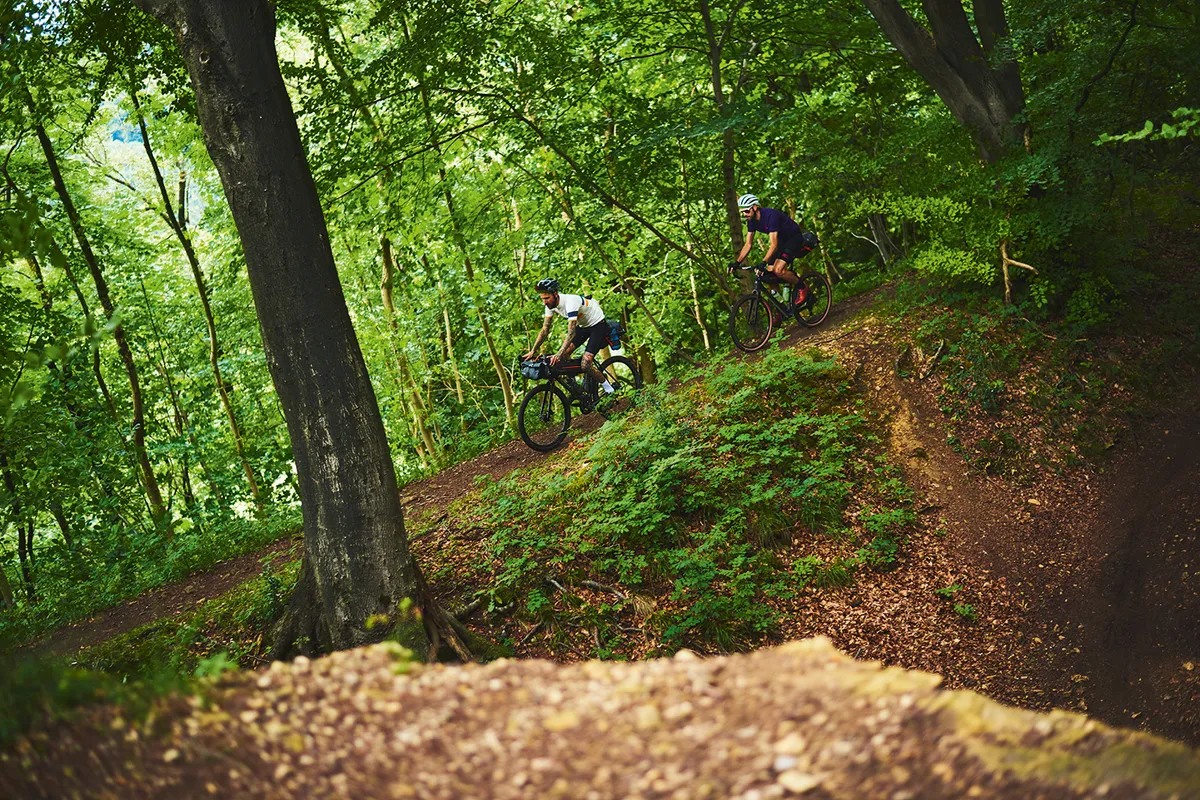
Just two hours into the ride, and despite still being close to Cheltenham, this was a new personal frontier, as we discovered forest paths and singletrack around Sheepscombe.
Heavy ground combined with sharp climbs meant our average speed hovered uncomfortably close to single-digit territory, though that’s something you soon get used to as you adapt from the speed you’re used to on the road. It’s a whole different ball game; the faster you realise that, the better.
After a much-needed pit stop, we hit the Slad Valley road, a fantastic gradual descent into Stroud. We passed the Woolpack Inn, synonymous with local author and poet Laurie Lee and his famous book Cider With Rosie, which makes a much better fist of describing the local area than I ever could.
Out of Stroud came a long old battle onto cattle-strewn Minchinhampton Common, before following the back roads around Tetbury and onto the Fosse Way, a gently undulating gravel nirvana that included the odd river crossing.
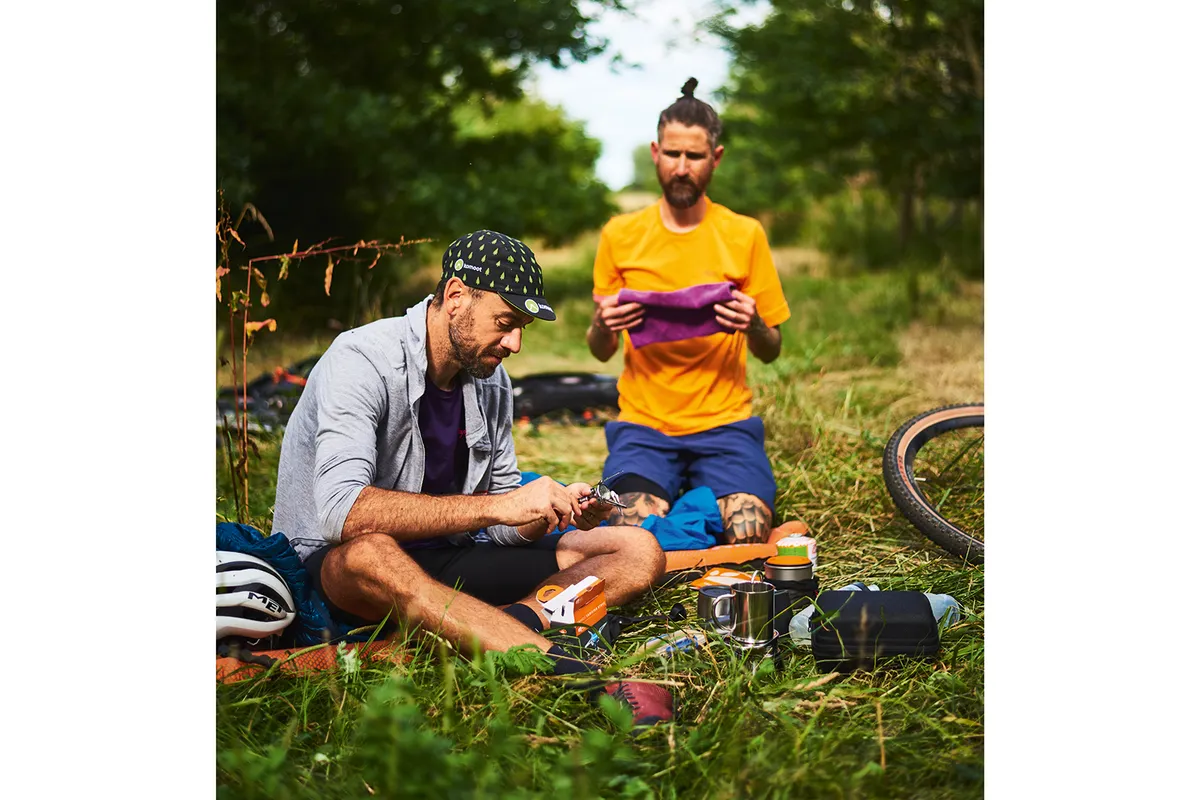
Attention now turned to our overnight stay, which we’d arranged with a local landowner in the impossible glamour of a field near Sherston.
Wild camping rules vary across the UK; in England and Wales, you generally need permission to camp, but the right to roam law in Scotland gives you much more freedom. As a bikepacking novice, I wanted the reassurance of a plan, knowing where I was going to get my sleep. But with experience comes a willingness to chance your arm and see what happens.
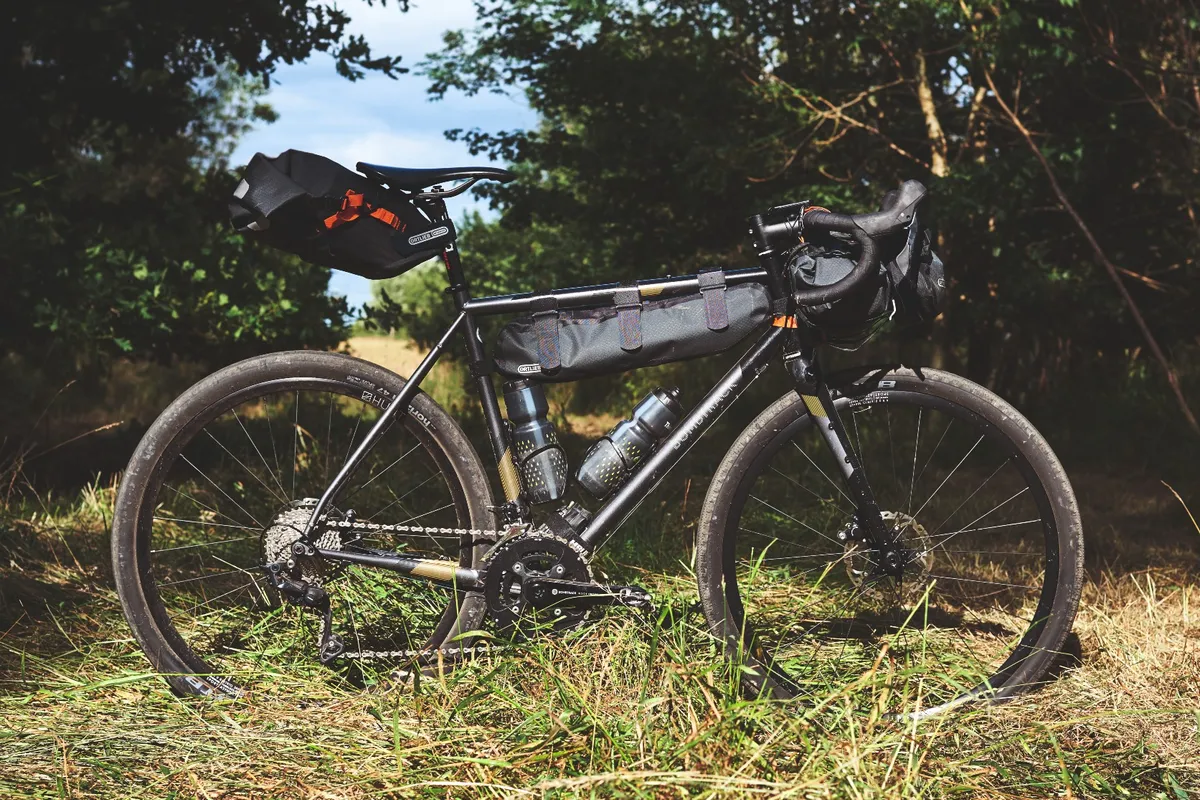
Rob's bike | Bombtrack Audax
- Price: £2,600
- Frame: Steel
- Fork: Carbon
- Groupset: Shimano 105 hydraulic disc brakes, 48/32t chainset, 11-32t cassette, Shimano Ultegra front and rear derailleur
- Wheels: Hunt Adventure Sport 650b wheels, WTB Byway 47mm front tyre, WTB Horizon 47mm rear tyre
Stars in their eyes
If I said I’d slept well, I’d be lying. It was unlike any camping I’d done before. Wild camping has romance attached to it, but I would prefer somewhere with at least some basic facilities. I also found the bivvy bag slightly claustrophobic, so will investigate other options – while being fully aware that there’s a balance to be struck between bulk/weight on the bike and a semi-decent sleep. B
ut there are few issues that a coffee can’t remedy and, after a quick cup, we were back on the bikes and heading to the village of Sherston to grab some breakfast.
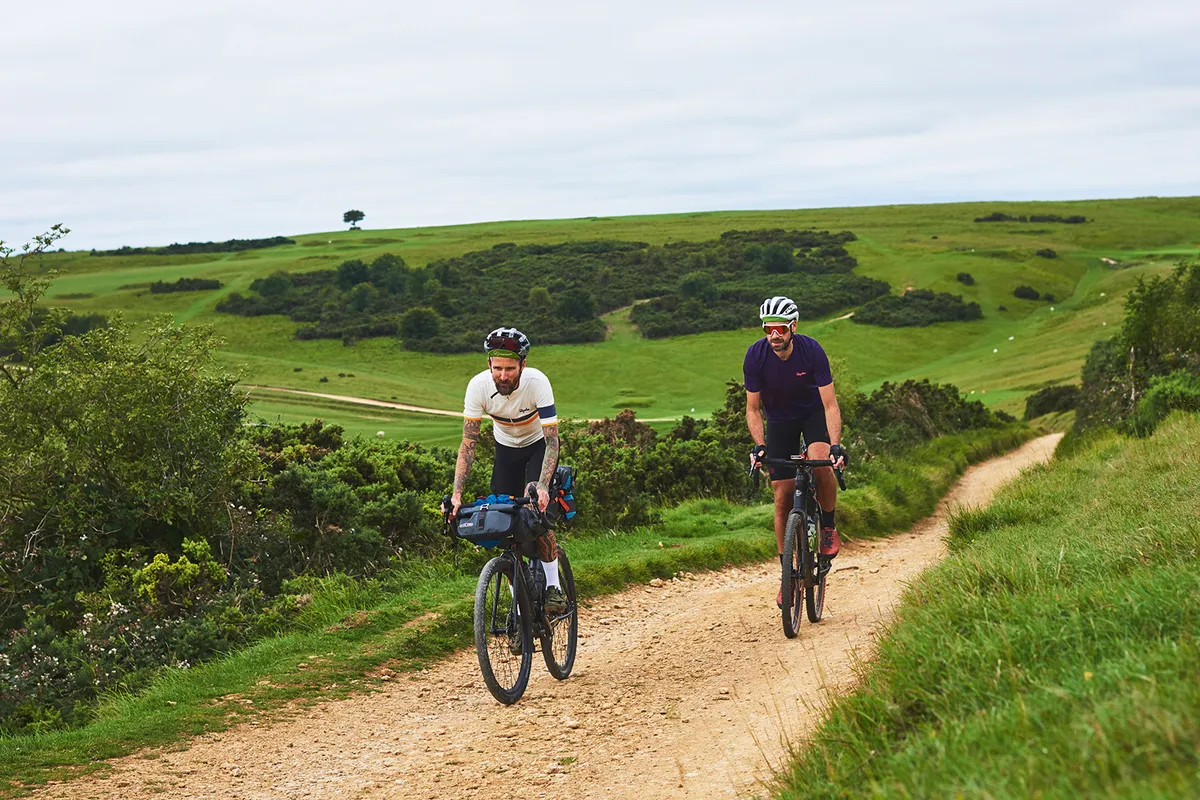
The first hour or so of day two took us through quiet country lanes with a few brief sections of well-packed, off-road trail. The combination of wild camping, a lack of washing and unusual surroundings made for a holiday vibe. Already, just one day in, we felt a long way from both home and our usual routines.
After an accommodating opening to the day’s proceedings, we hit the first big obstacle of the day and suddenly felt the exertions of the previous 24 hours. Climbing through Tresham and over to Ozelworth – punchy off-road climbs both, with a loose, rutted surface – I was fighting a losing battle trying to take the right line. It’s a skill that only comes with experience.
At least the weather had been good in the week leading up to today, meaning the ground was hard and dusty. Had it been wet, it may not have been uninterrupted pedalling.
For climb after climb, Rob – who, allied to his considerable skill, has the ideal slimline build for this sort of riding – put me to shame, but I was able to keep up on the road descent on our return to Stroud, before heading up again towards Painswick Beacon, a road I know well.
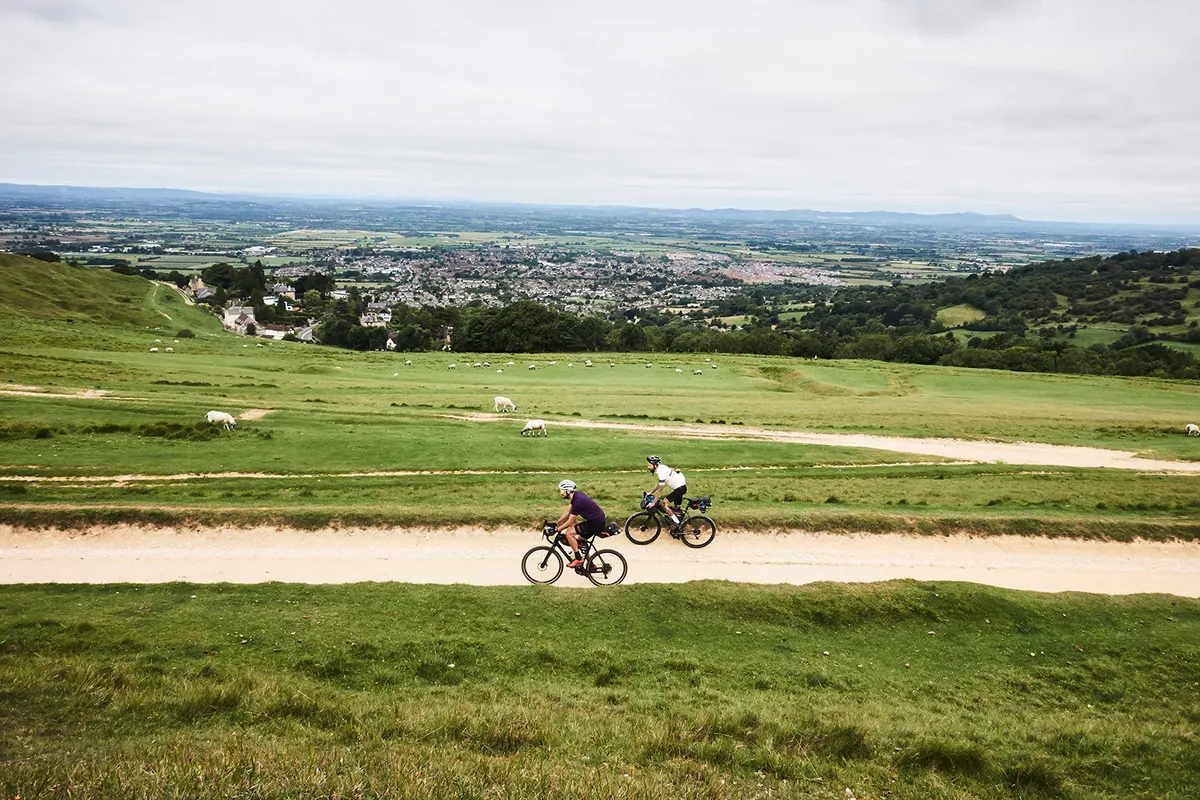
Right on the edge of the Cotswold ridge, it offers up great views over the Severn Valley across to the Malvern Hills and on towards Wales, scene of our next gravel adventure. Several more gravel sections ensued before our finish line in Cheltenham hovered into view through the trees as we rode through the village of Birdlip.
The five hours of the second day flew by and my thoughts were already turning to our next ride, where we’d be heading further off-grid. Rob was mulling over the idea of the Trans-Cambrian Way, which seemed to have all the ingredients for what we were looking for.
I’d survived my first bikepacking experience and was now hungry for more.
What goes on tour…
How to plan your off-road route on Komoot
- Use Komoot’s gravel-specific route planner
- Use waytypes and surface information to see exactly how much of your route is off-road, as well as the types of surface to expect
- Community-generated highlights are the key to great gravel riding. Click on the red dots on the map to see the best sections of road or trail (often with photos and tips) that can easily be added to your route
- Hold down the ‘m’ key on your keyboard (when using Komoot's desktop route planner) to remove the blue tour line and see the type of track you’ll be riding. You can also do this using the Satellite map overlay to see what the trail or road looks like
- Steeper gradient climbs can be particularly challenging off-road, especially when riding the more technically difficult trails. Use the Komoot interactive elevation profile to see the exact gradient and trail difficulty (using the singletrack scale S1 to S5)
- Komoot’s route warning will let you know when your planned route includes any restricted or unsuitable terrain, and when you’ll need to dismount – for example, if you have a short section of footpath included on your route
- Switch to the Open Cycle Map overlay to clearly see the bridleways (green dashed line) and footpaths (red dashed line).
- Find a huge amount of inspiration by browsing hundreds of multi-day routes on Komoot
Use the Komoot Premium multi-day planner to
- Split your route into the number of days you want to ride. Komoot keeps the riding time per day the same, taking into account distance, elevation, and the terrain
- See accommodation options, from campsites and huts to B&Bs and hotels, near the endpoint of your route each day and adjust your route to end (and start the next day) at your chosen accommodation
- See contact details, Tripadvisor and Yelp ratings for accommodation options (where available)

